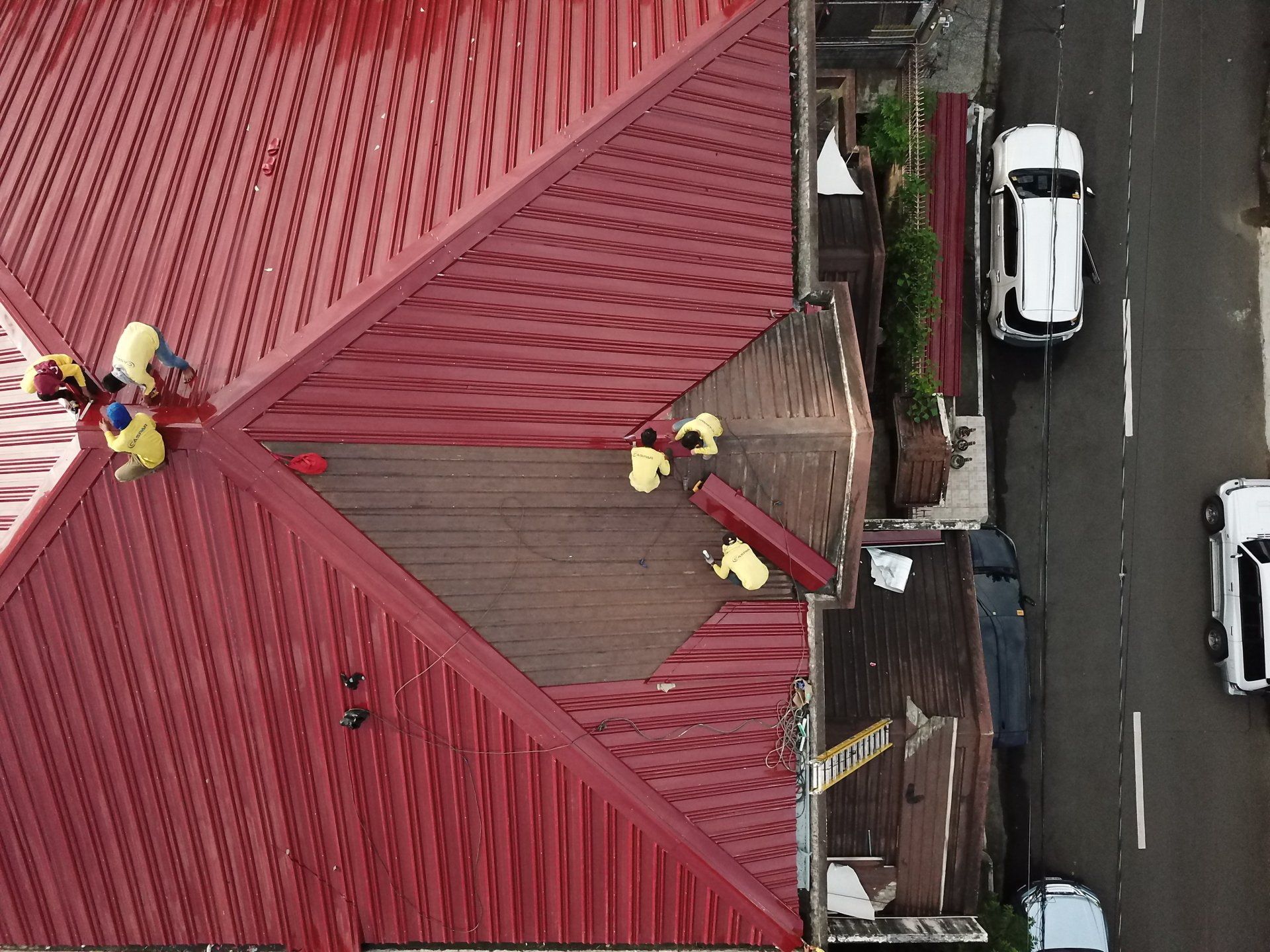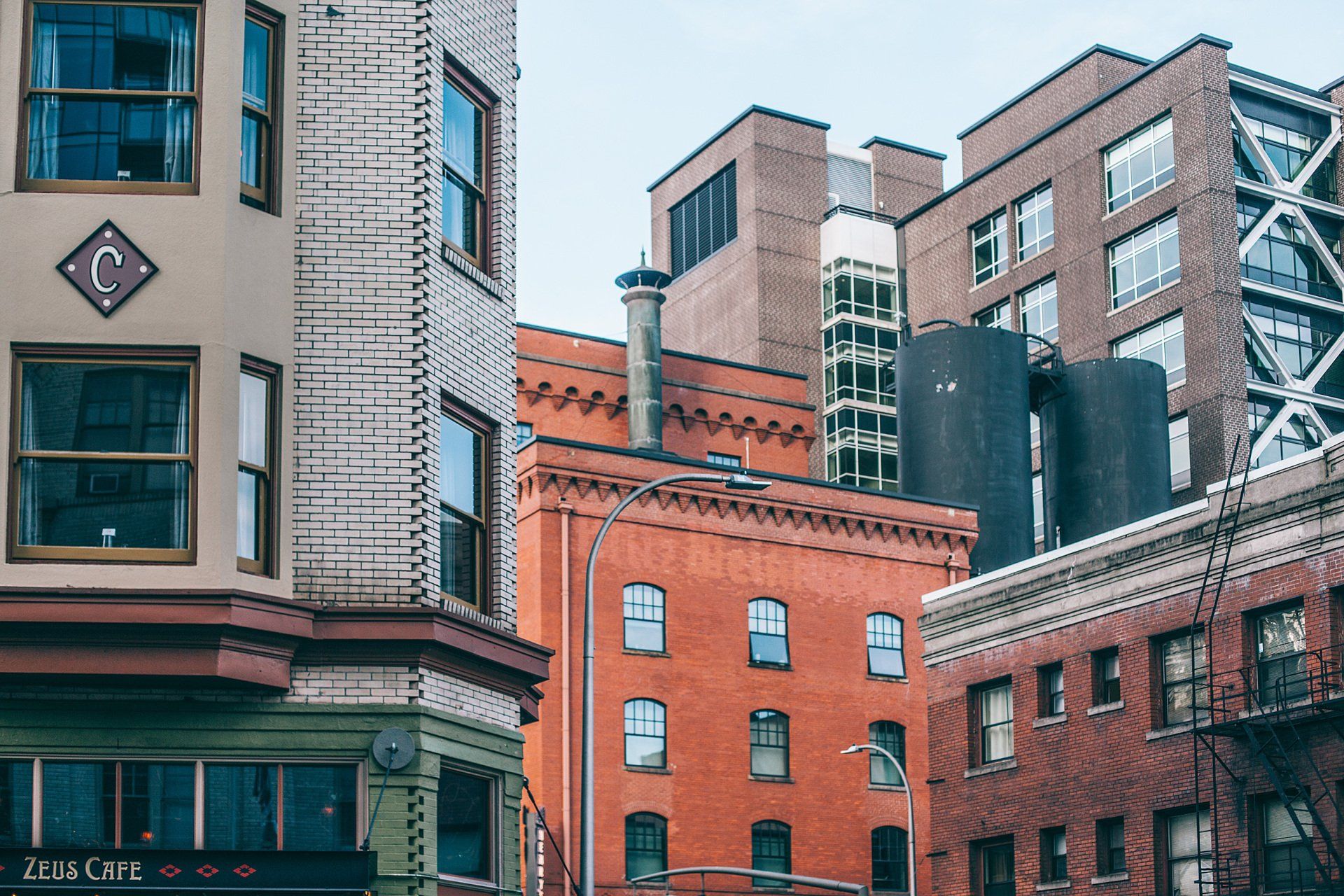Blog
Roof Styles: Buying Guide
It is a large time and monetary investment. However, it can improve curb appeal as well as provide protection for your home. Homeowners will need to decide on the type, design, shape and material of their roof.
It doesn't have the overwhelming feeling of making decisions. To help you understand the design and durability of each roof style, this article will outline its main features. This can help you decide on the roof that best protects your home while still staying within your financial budget.
There are many reasons to choose different styles and shapes for your roof.
Roofs come in an assortment of styles and shapes. Each roof provides unique curb appeal and offers protection from the weather. If your roof's shape or style is not appropriate for your home, it could be susceptible to water damage and wind damage.
Roof Styles
Hip Roofs
Hip roofs are very popular because of their simple, modern design and great durability. A hip roof features sloped sides which are all equal in height and that join at the top for a ridge. The "hip" refers to the area where one part of the roof meets the other. A hip roof can be identified by the absence of vertical sides or "gables."
Hip roofs are almost always at a single pitch or slope. This makes them symmetrical along the centerlines. The hip "bevel," or the pitch/slope ratio, is the name for the hip roof.
Gable Roofs
Another typical type of roof is the gable roof. These roofs have two slopes with a ridge at the top. You can customize the roof shape by altering the steepness of slopes, joining two or more gables together, or changing their arrangement.
Gable roofs can shed water and snow easily but are more susceptible to being damaged by windy areas or in climates where there is a high chance of hurricanes.
Gambrel Roofs
Gambrel roofs have a barn-like shape with steep slopes at two ends and a slight slope at the top. This design allows for storage on the roof and adds a rustic feel to homes. Commonly found on Georgian-style houses and barns is the gambrel roof. You can also add windows on the steep slopes for ventilation.
Mansard Roofs
Mansard roof styles are sloped on all four sides and flow downward from a low-pitch ceiling top. Roof designs can be shaped in many ways, including flat, curved, angled, sloped or mixed.
Jerkinhead Roofs
A Jerkinhead roof combines elements from both gable and hip roofs. It can be a gable roofing with clipped or shorter ends or a Hip roof with two longer sides.
This roof style provides more wind resistance than a standard hip or gable roof. It can be clipped or turned down to make it more stable. These roofs offer homeowners more living space but come at a higher cost because of their more complex design.
Butterfly Roofs
The butterfly roof style is a V-shaped construction that has two tandem pieces. They are angled upwards. The midsection is angled downward at the intersection of the pieces to create a valley. This gives it the appearance that a butterfly has wings.




